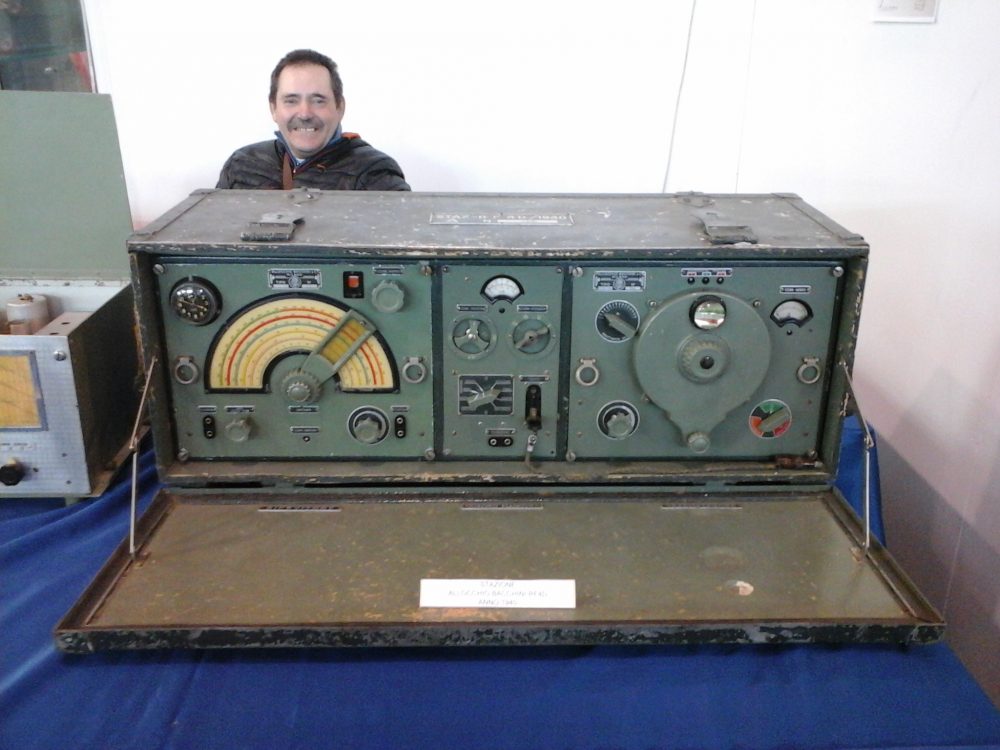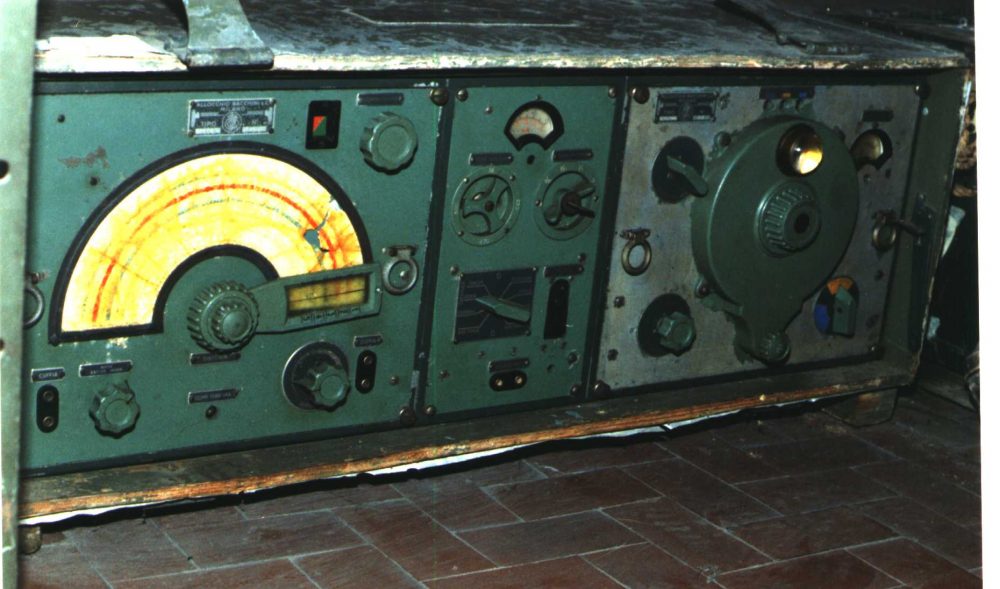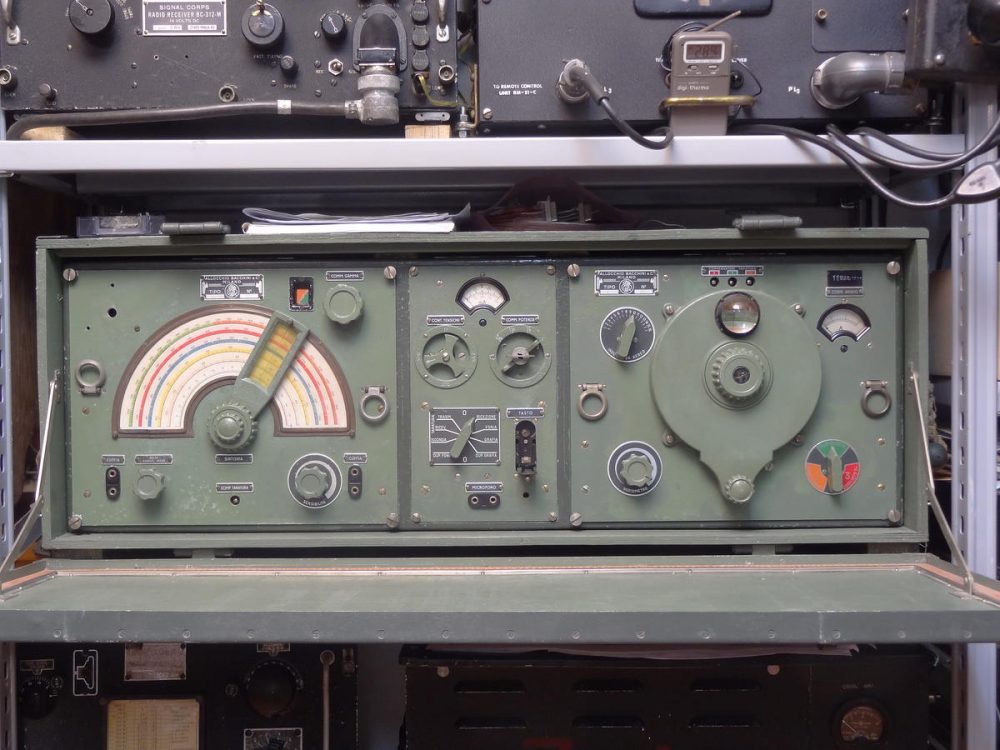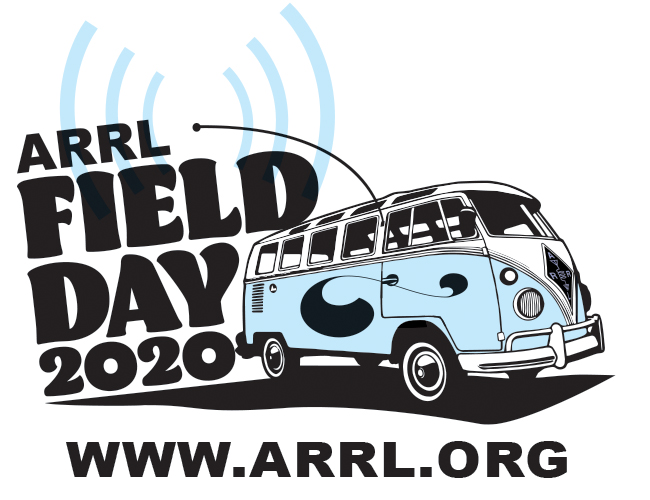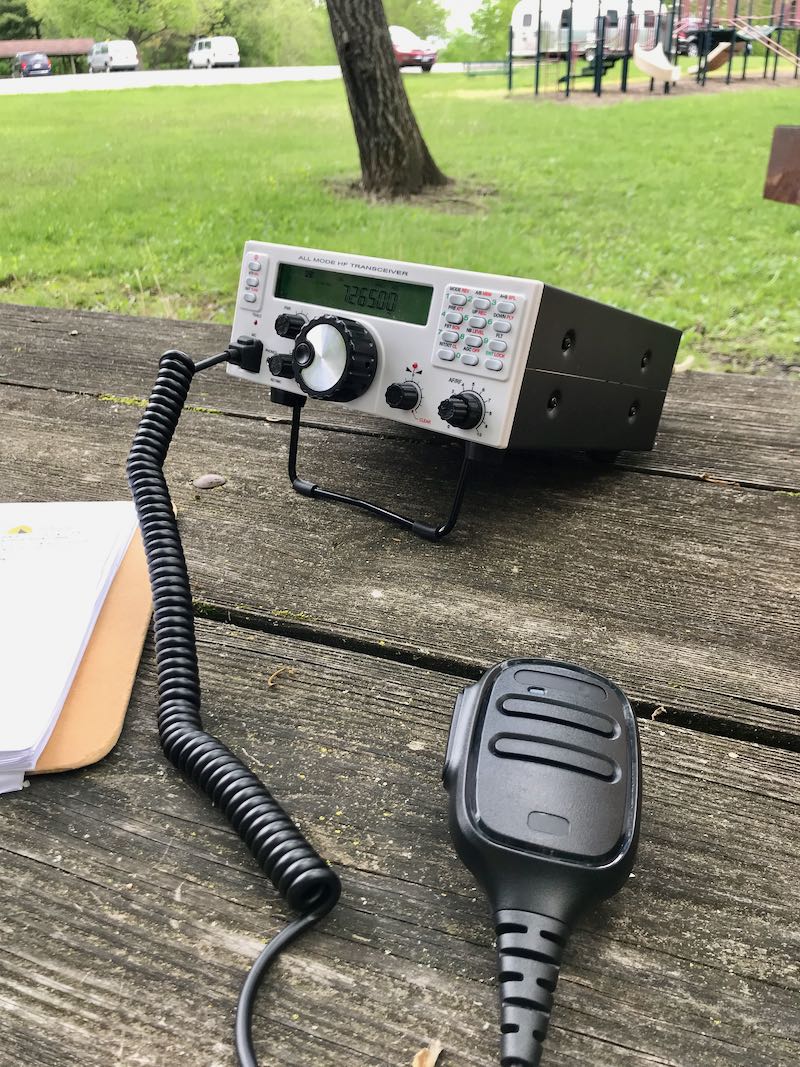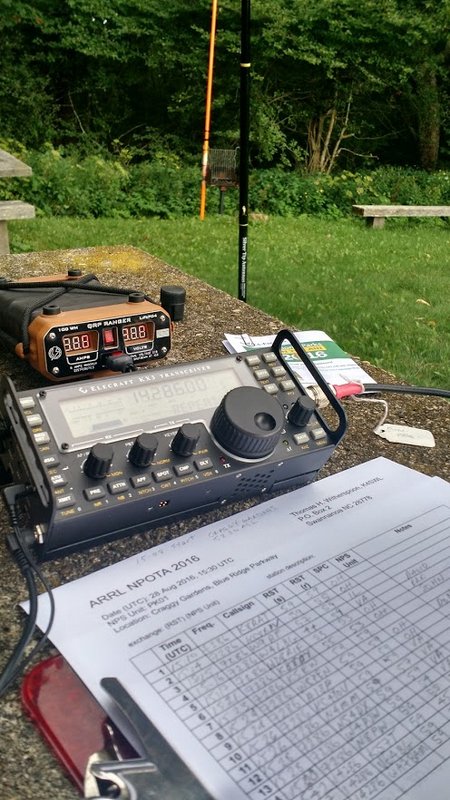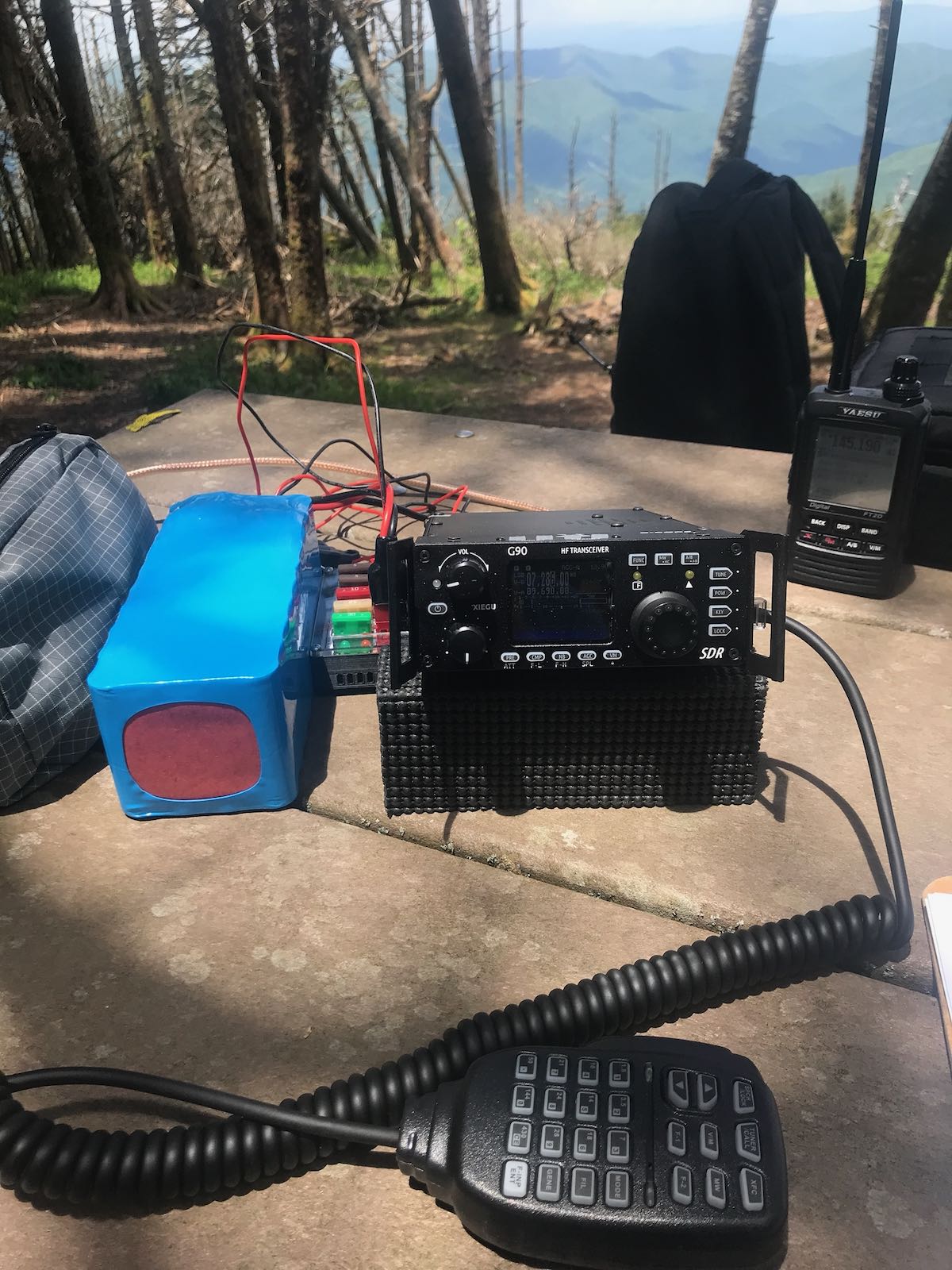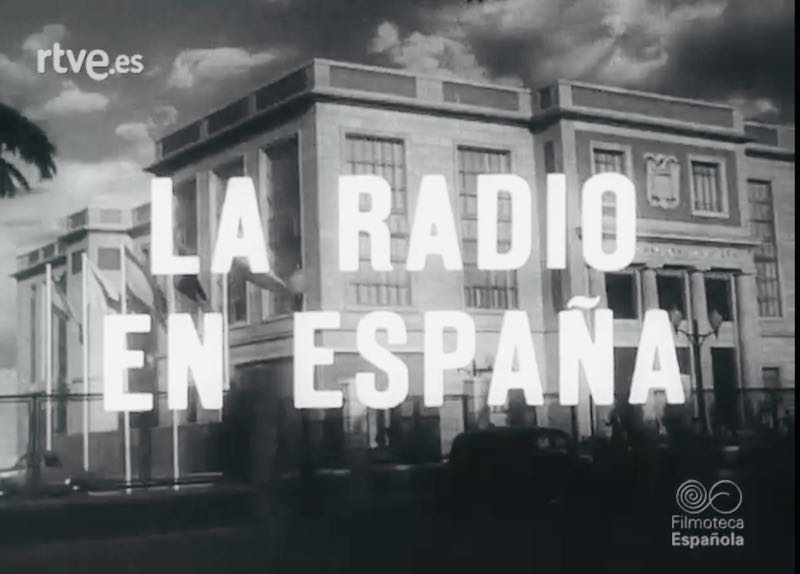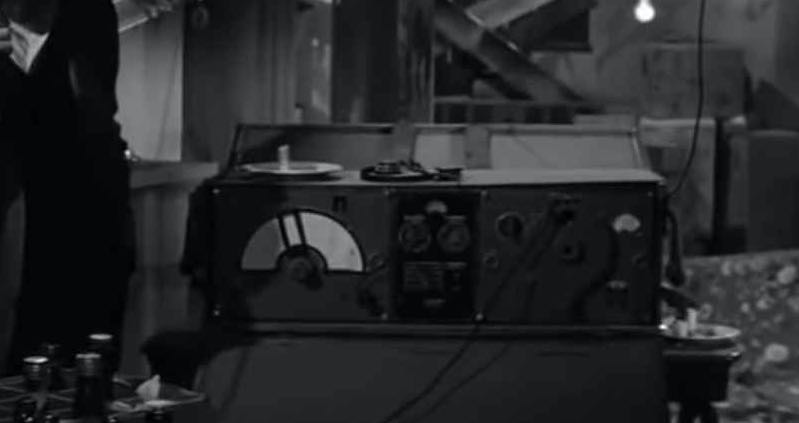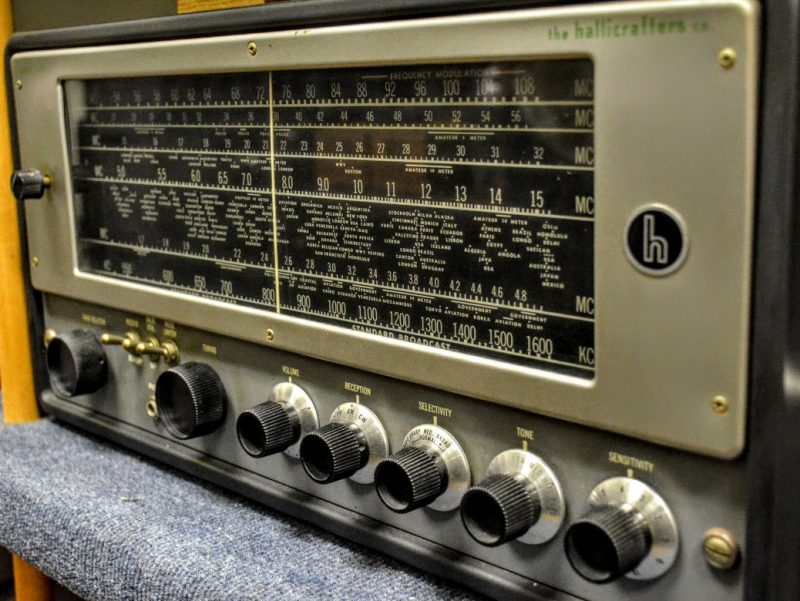 Radio Waves: Stories Making Waves in the World of Radio
Radio Waves: Stories Making Waves in the World of Radio
Because I keep my ear to the waves, as well as receive many tips from others who do the same, I find myself privy to radio-related stories that might interest SWLing Post readers. To that end: Welcome to the SWLing Post’s Radio Waves, a collection of links to interesting stories making waves in the world of radio. Enjoy!
Many thanks to SWLing Post contributors Michael Bird, Alexander von Obert, and the Southgate ARC for the following tips:
The ABC will axe up to 250 jobs and cut programming as it deals with budget cuts of $84 million.
Managing director David Anderson said a flagship radio news bulletin would go, the ABC Life lifestyle portal would be rebranded, and programs would be reviewed as part of a major overhaul of the national broadcaster.
There will also be cuts to travel and to spending on television productions, as the organisation moves to become more relevant to more Australians and better reflect community diversity, he said.
Mr Anderson said the redundancies and savings would affect every division across the ABC.
“We anticipate we may farewell as many as 250 colleagues through this process,” he told staff in a briefing.
The News division is set to lose about 70 staff, the Entertainment and Specialist division 53 staff and the Regional and Local division 19.
Mr Anderson said there would be changes to executive staffing, but did not offer any details.
And he said the organisation would aim to have 75 per cent of its content-makers based outside its Sydney headquarters by 2025.
The ABC had already flagged that it would shed about 250 jobs due to a three-year funding indexation pause announced by the Federal Government in 2018.
Mr Anderson said the flagship 7:45am radio news bulletins would end, and be replaced by a five-minute bulletin at 8:00am. A 10-minute bulletin at 7:00am will remain.
The changes include:
- ABC Life will become ABC Local and have a “broader editorial direction”
- The travel budget will be cut by 25 per cent
- Spending on external and independent television productions will be cut by $5 million a year
- The ABC Comedy television channel will be rebranded to cater for a broader array of programs and content
- Leasing of space at the ABC’s Sydney headquarters will be explored
- TV and radio broadcast channels will remain, but transmission cuts have been flagged for future years[…]
On Tuesday, June 15, Alden Sumner Jones IV, KC1JWR, was hiking on the southern part of the Appalachian trail in Vermont (it’s also been reported as being on the Long Trail) with his cousins at around 12:30 PM. Alden started feeling light headed, his pulse was racing and the next thing he remembers is waking up with an EMT named Dave, from AMR out of Springfield, MA, who was hiking and saw Alden go down. Alden had suffered seizures. It was later determined that this was caused by low blood sugar. Dave attempted to call 911 on his cell phone. He could connect, but the 911 operator couldn’t understand him. At this point, Alden pulled out his HT ham radio, a BaoFeng.
He made contact through the K1FFK repeater. This repeater is located on Mt. Greylock on 146.91. The repeater is owned and maintained by the Northern Berkshire Amateur Radio Club. The initial call went out just before the Cycle 1 of the Western Massachusetts Traffic Net. Ron Wonderlick, AG1W, took the call. Alden initially asked if the 911 call went through. Ron began an eight hour process of acting as a relay between Alden, the emergency crews and various others.
The Traffic Net was truncated and the frequency was cleared by Peter Mattice, KD2JKV, who also stood by as a backup for Ron. KC1JPU, Matthew Sacco, was also monitoring and after a short consultation with Ron & Peter, proceeded to head to the staging area where the Fire and EMS crews were going to come from.[…]
Software Defined Radio Academy 2020 Update (Markus Heller)
Dear ARRL recipients,
this year’s Software Defined Radio Academy is going to take place during the next weekend on June 27 / 28. We have now finalized the programme.
Since we decided very early in March that we’d organize an online strategy, we were not grounded by Corona. Using YouTube and our video conferencing system, we were able to organize a rich SDRA conference with speakers from all over the world.
Since this year’s European GNURadio Days conference in Besancon, France, could not take place either, we were asked to give their speakers a stage. This is the reason why we have a specially strong GNURadio focus.
With such a rich programme, we decided to span the talks over two days and start in the European afternoon, so that we could give our overseas audience a chance to participate live.
The mode is this: Even though all the talks are pre-recorded, the speakers will attend in the video conferencing system and respond to questions that come in through the YouTube channel. This way we can maintain a certain degree of interaction, which is important for any kind of scientific conference.
Here is the programme:
https://2020.sdra.io/pages/programme.html
and here is our YouTube stream URL:
https://youtube.sdra.io
We will start on Saturday 27 at 12:30 UTC+2
and on Sunday June 28 at 13:00 UTC+2.
For those of you who understand German, please note that this year’s HAMRADIO conference will also go online. We have worked hard in the past two months to record 65 hours of talks and discussions. Here is the HAMRADIO programme, which the SDRA is part of:
https://www.darc.de/fileadmin/filemounts/gs/oeffentlichskeitsarbeit/Veranstaltungen/HAMRADIOnline/HAMOnline_Sendeplan.pdf
RASA is pleased to announce the release of a new E-magazine for Amateur Radio in Australia. The magazine, QTC, named after the Q-code “I have a message for you” will be published every two months.
We’ll be renaming our regular email bulletins QTC-Lite and they’ll be aligned with the release of our fortnightly Podcast.
In this first issue of QTC, we have news and updates about regulations, and information on our 60m submission in response to the ACMA’s Consultation paper. There’s a “Getting started” regular column, with this issue covering HF DX-ing. There’s also a regular column on how you can deal with QRM and RFI in your shack. This month we have a feature technical article on 3-Phase Power Converters.
Click here to download the first issue of QTC.
Do you enjoy the SWLing Post?
Please consider supporting us via Patreon or our Coffee Fund!
Your support makes articles like this one possible. Thank you!

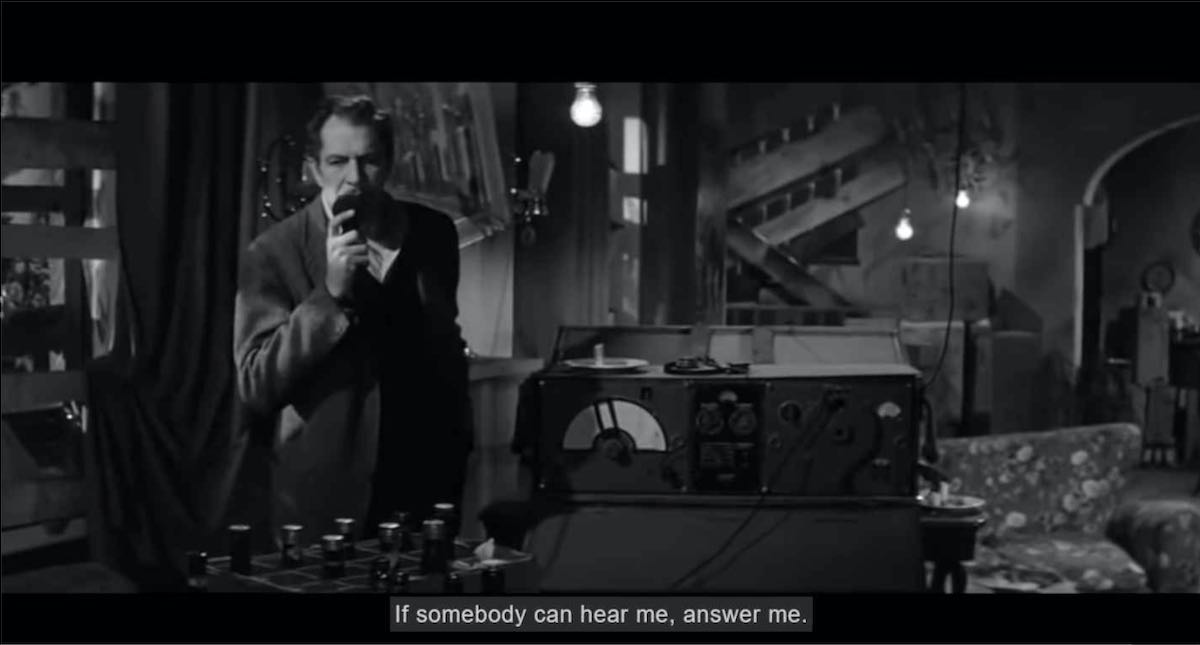 Many thanks to SWLing Post contributor, Andrew, who correctly identified the radio Ed spotted in The Last Man On Earth as the Allocchio Bacchini RF4D. Andrew shared the following notes and links:
Many thanks to SWLing Post contributor, Andrew, who correctly identified the radio Ed spotted in The Last Man On Earth as the Allocchio Bacchini RF4D. Andrew shared the following notes and links: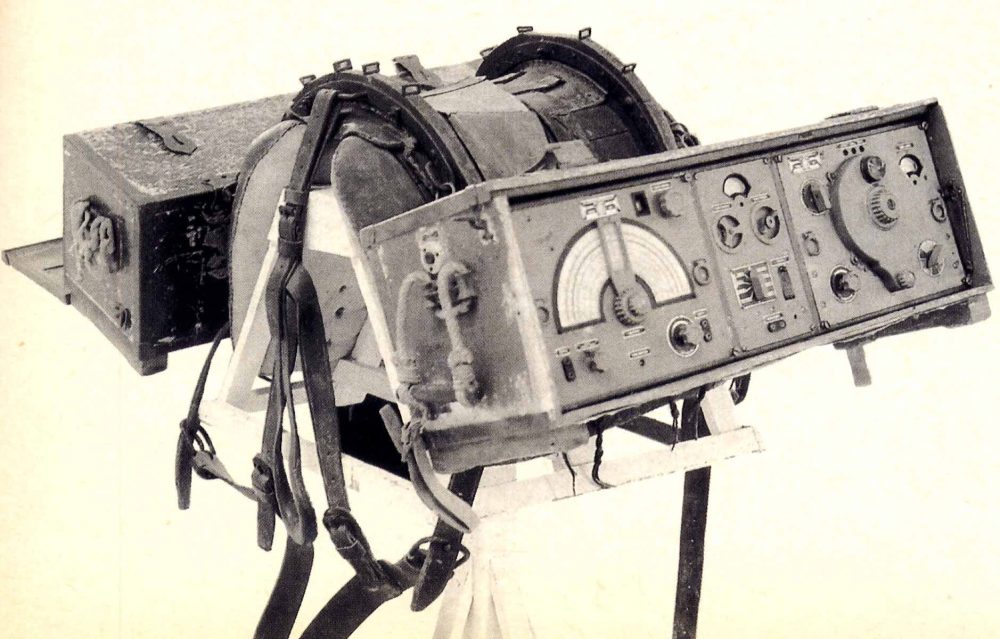 Wow! Thank you so much, Andrew! I would love someday to operate an original RF4D. What a fascinating WWII era radio. Thank you again for all of the details!
Wow! Thank you so much, Andrew! I would love someday to operate an original RF4D. What a fascinating WWII era radio. Thank you again for all of the details!
